Lateralized Suppression of Alpha-Band EEG Activity As a Mechanism of Target Processing
- PMID: 30523067
- PMCID: PMC6382983
- DOI: 10.1523/JNEUROSCI.0183-18.2018
Lateralized Suppression of Alpha-Band EEG Activity As a Mechanism of Target Processing
Abstract
Alpha-band (8-12 Hz) EEG activity has been linked to visual attention since the earliest EEG studies. More recent studies using spatial cuing paradigms have shown that alpha is suppressed over the hemisphere contralateral to a to-be-attended location, suggesting that alpha serves as a mechanism of preparatory attention. Here, we demonstrate that alpha also plays a role in active target processing. EEG activity was recorded from a group of healthy male and female human subjects in two visual search experiments. In addition to alpha activity, we also assessed the N2pc event-related potential component, a lateralized transient EEG response that has been tightly linked with the focusing of attention on visual targets. We found that the visual search targets triggered both an N2pc component and a suppression of alpha-band activity that was greatest over the hemisphere contralateral to the target (which we call "target-elicited lateralized alpha suppression" or TELAS). In Experiment 1, both N2pc and TELAS were observed for targets presented in the lower visual field but were absent for upper-field targets. However, these two lateralized effects had different time courses and they responded differently to manipulations of crowding in Experiment 2. These results indicate that lateralized alpha-band activity is involved in active target processing and is not solely a preparatory mechanism and also that TELAS and N2pc reflect a related but separable neural mechanism of visuospatial attention.SIGNIFICANCE STATEMENT The very first EEG studies demonstrated that alpha-band (8-12 Hz) EEG oscillations are suppressed when people attend to visual information and more recent research has shown that cuing an individual to expect a target at a specific location produces lateralized suppression in the contralateral hemisphere. Therefore, lateralized alpha may serve as a preparatory mechanism. In the present study, we found that a similar lateralized alpha effect is triggered by the appearance of a visual target even though the location could not be anticipated, demonstrating that alpha also serves as an active mechanism of target processing. Moreover, we found that alpha lateralization can be dissociated from other lateralized measures of target selection, indicating that it reflects a distinct mechanism of attention.
Keywords: EEG; N2pc; alpha-band; attention; lateralization.
Copyright © 2019 the authors 0270-6474/19/390900-18$15.00/0.
Figures
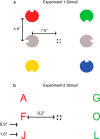

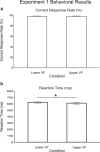


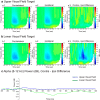




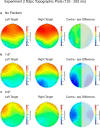
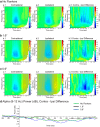
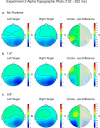
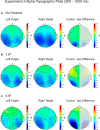
References
-
- Berger H. (1929) Uber das elektrenkephalogramm des menschen. Archiv fur Psychiatrie 87:527–570. 10.1007/BF01797193 - DOI
Publication types
MeSH terms
Grants and funding
LinkOut - more resources
Full Text Sources
Research Materials
Miscellaneous
